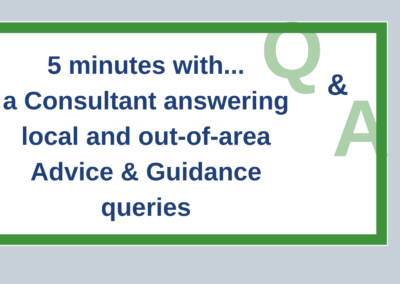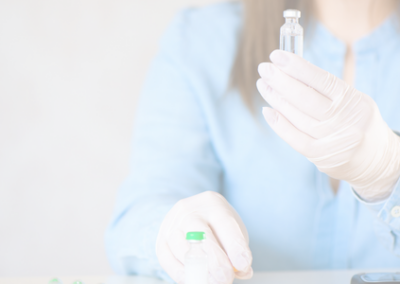‘Had my condition been more serious, I would have got the treatment I needed at an earlier date, and on that basis, I suspect it is more economical as well.’
We spoke with Dr Nicky Davies, a GP and Assistant Medical Director for Central Betsi Cadwaladr University Health Board in Wales, who told us how she uses Enhanced Advice & Guidance provided by Consultant Connect and how this benefits her and her patients.
How would you describe Consultant Connect to someone who’s never heard of it?
‘It’s an excellent service to get rapid senior advice. Any colleagues who haven’t yet used Consultant Connect, please give it a try; it’s really useful and extremely easy to use.’
What do you like about the service?
‘The knowledge that I can pick up the phone anytime to get prompt senior advice for any of my patients. I can do that by calling our surgery’s unique Dial-In Number on any phone or on my smartphone via the Consultant Connect App. On the app, we have the option of placing a telephone call, or we can send IG-secure and GDPR-compliant photos and messages. This is positive for the patients and me as I get instant clinical decision support. I like the educational component of the service – if in the future I have a similar patient case, I might not need to ask that same question again. There’s also a relationship-building nature to using the service: when the local teams are involved, it’s a great way of networking with them.’
How does Telephone Advice & Guidance help you?
‘I really enjoy that specialty numbers are pre-programmed, and I no longer need my phone book next to me at all times, which was how I previously had to find phone numbers. It’s also useful for locums and our new GPs who won’t have the networking going back many years, like some of us older GPs have.’
Can you tell me about your experience of speaking with specialists?
‘In our area, the service allows us direct access to local teams. Where a local team hasn’t come on board, we have access to a team of out-of-area NHS consultants on the National Consultant Network (NCN). I’ve had experience speaking with both local and out-of-area consultants.
‘A recent example is when I saw a young respiratory patient with a clinical problem. I was quickly connected to a local respiratory specialist, and it was so useful, and I got an instant resolution to this patient’s management.
‘I’ve had several conversations with NCN consultants from various specialties about my patients, and that’s always been incredibly beneficial for me.
‘One that is a firm favourite for me is the Dermatology Messaging service, which is used an awful lot in our Health Board. I personally have found it very useful to be able to send photos of patient rashes or lesions via the app to the Dermatology Team on the NCN. We’ve always had an excellent and prompt response.’
Patient’s perspective
One of Dr Davies’ patients attended an appointment as they were concerned about the possibility of skin cancer.
‘I had been suffering from a small lesion for six weeks and was concerned it could be an early skin cancer. During my appointment, Dr Davies took photos and shared them via the Consultant Connect App for specialist Advice & Guidance.
‘I felt reassured that Dr Davies took action this way. I knew I would get a swift response without going to the clinic for a diagnosis. I also trust her judgement, and as it was, the result came through very promptly.
‘Because Dr Davies shared my images this way, I avoided an unnecessary trip to hospital. The service seems more efficient and timely and uses less staff. Had my condition been more serious, I would have got the treatment I needed at an earlier date and, on that basis, I suspect it is more economical as well.’
Dr Davies’ perspective
‘I found this very convenient and helpful for getting rapid senior advice from specialist teams. I saw my patient’s lesion and felt fairly, but not completely, certain that it was benign. With my patient’s consent, I took and sent photographs via the app’s Dermatology Photo Advice & Guidance option. I received a prompt reply confirming my thoughts of a benign lesion. This prevented a local Dermatology referral and provided quick reassurance for my patient and education and reassurance for myself.’





